Alfa Romeo 916 GTV and Spider: The Complete Story
“For every fervent Alfa Romeo enthusiast there are two self-appointed experts who have made it their life’s work to discourage any potential owner with hackneyed horror stories of rusty bodywork, engine fires and electrical poltergeists, though their tales are rarely rooted in any personal experience of modern Italian car ownership.”
By the time that Alfa Romeo returns to the US, American enthusiasts will have had to sit out two generations of Alfas, the first one being the topic of this book. Produced from 1995 to 2005 as a 2+2 coupé and 2006 as a two-seater cabriolet when they were succeeded by the Brera, the model did the Alfa name proud.
Pride is certainly a quality that author Foskett embraces, not just in regard to the 916 GTV or even Alfa Romeo in general but Italian cars, of which he considers himself a life-long enthusiast, as a whole. Among the many such cars he owned was a 3.0 GTV (bought, incidentally, used and with 145,000 miles—so much for Alfas being frail jalopies), and therein lies the genesis for this book. He, along with every other 916 enthusiast, found the literature on this model woefully wanting, pretty much nonexistent really as far as English-language titles are concerned.
It is precisely this affinity for Italian machinery, foibles and all, that allows Foskett to ponder the conundrum why people not only like them anyway but knowingly, willingly favor them over all others. Spoiler alert: he has no definitive answers but puts forth lots of theories that may just sway you too. When all is said and done, this is the take-away: “Perhaps the artistry in car design is merely an expression of an idealized, stereotyped Italian approach to life and style, an echo of spontaneity and confidence that crystallizes in the form and function of the cars they produce.”
This book is so well-rounded that one is surprised to learn it is the author’s first. We share his hope that it won’t be his last! A career in the world of automotive promotions is obviously an asset when it comes to developing a story and communicating it effectively.
Subtitled “The Complete Story” the book really is exactly that, meaning it strings together all the pertinent talking points to paint a complete picture—as opposed to enumerating every single fact under the sun. Foskett devotes the first 60-some pages to presenting a swift summary of Alfa Romeo history from its founding in 1907, the early competition successes (partly with the involvement of one Enzo Ferrari), the now-legendary road and racing cars, the engines and the engineer, and the multitude of models preceding the 916 GTV. Even Fiat-based Lancias and the Coupé Fiat are considered. All this gives the reader a solid frame of reference against which to weigh the merits of Progetto 916.
The 916 story proper begins with a discussion of coachbuilder Pininfarina and a look at that firm’s designs and philosophy. All aspects of design, prototypes, and development are covered and many systems and components described in detail, from drivetrain and engine configurations to the CODE immobilizing device. Specific features such as twin spark technology as well as detailed specs are presented as sidebars. The half-hearted 916 Cup racers are covered in commensurate brevity.
In a book like this, a survey of model cars is entirely expected but Foskett goes so far as to include Japanese folded-paper models! To bookend the 916 story on the tail end he even covers the successor model, the Brera. A closing chapter offers thoughts on buying and ownership issues with particular focus on problem areas. Appended are lists of 3.0 24V V6 and 2.0 twin spark GTV Cup chassis numbers. Decent Index.
Technical illustrations (cutaways and diagrams) are provided by Alfa Romeo. A good number of the car photos were sourced from individual owners (via posts in recent years on all sorts of message boards) which makes for a mixed bag. They are certainly well intended and do suit the narrative but the author has obviously no control over what exactly they show and how good they are technically. A photo caption may, for instance, single out contrast stitching on a steering wheel or the shape of an exhaust tip but then the respective photos were simply not taken with enough skill to actually reveal such detail. Still, this is a thorough and in all respects useful book that advances the body of knowledge in a meaningful way. It should also be said that this publisher has managed, again, to offer a lot of book at an entirely unusual low price!
Copyright 2013, Sabu Advani (speedreaders.info).



 RSS Feed - Comments
RSS Feed - Comments


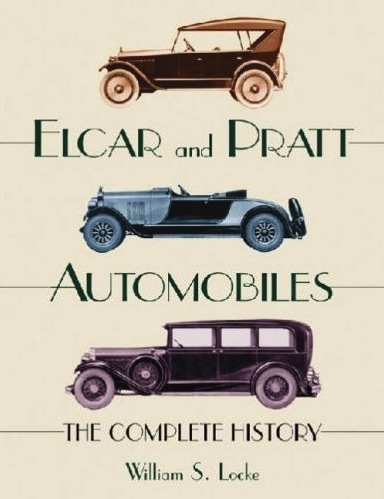
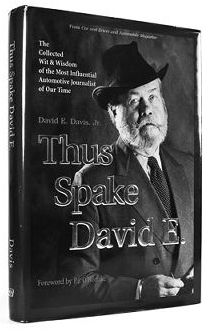










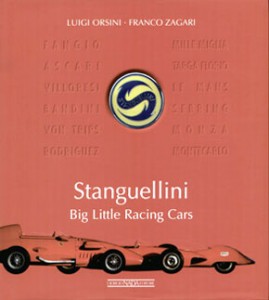
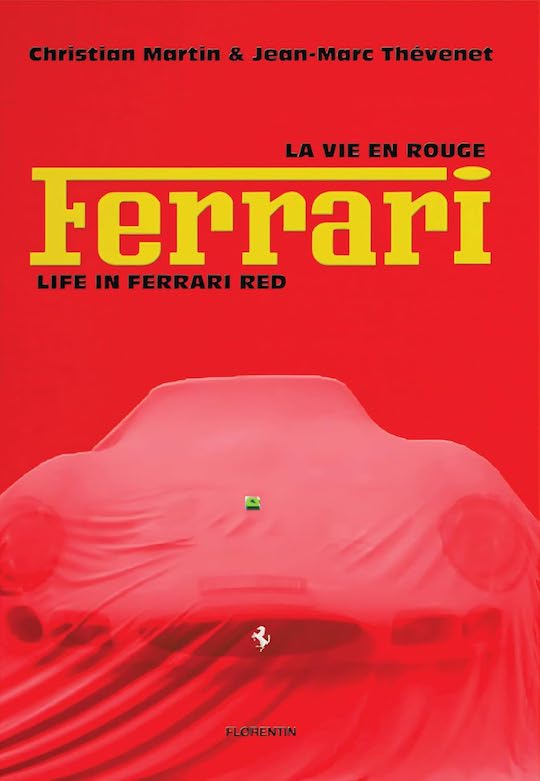

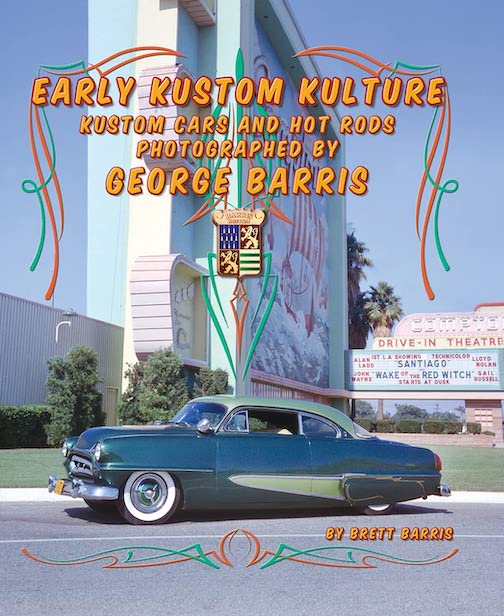

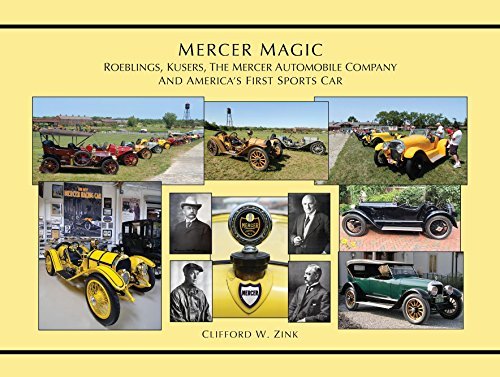
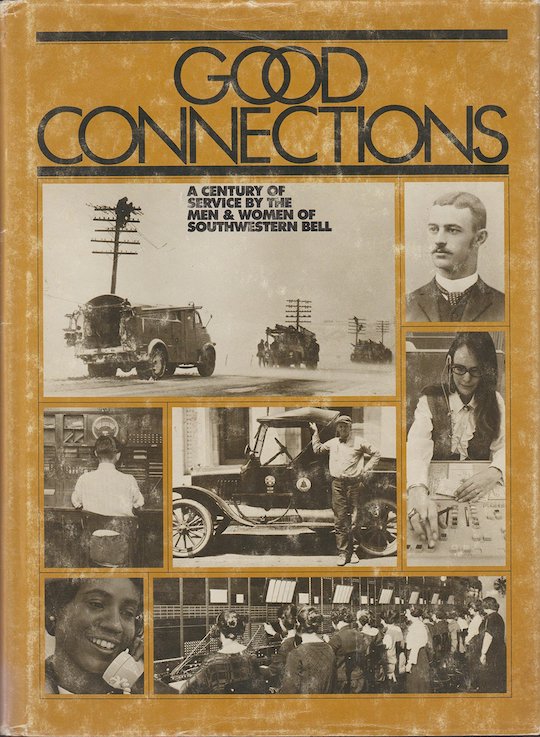
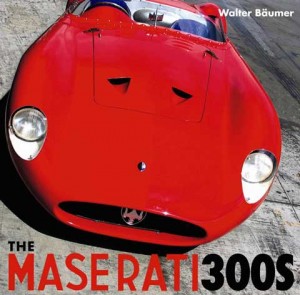
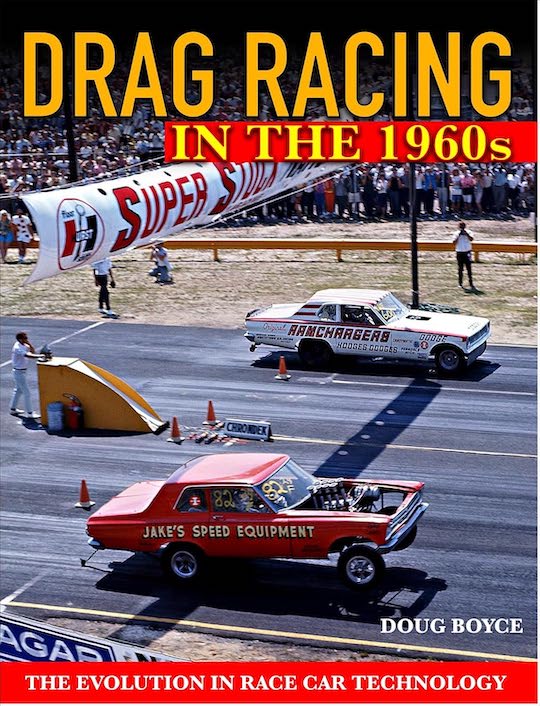


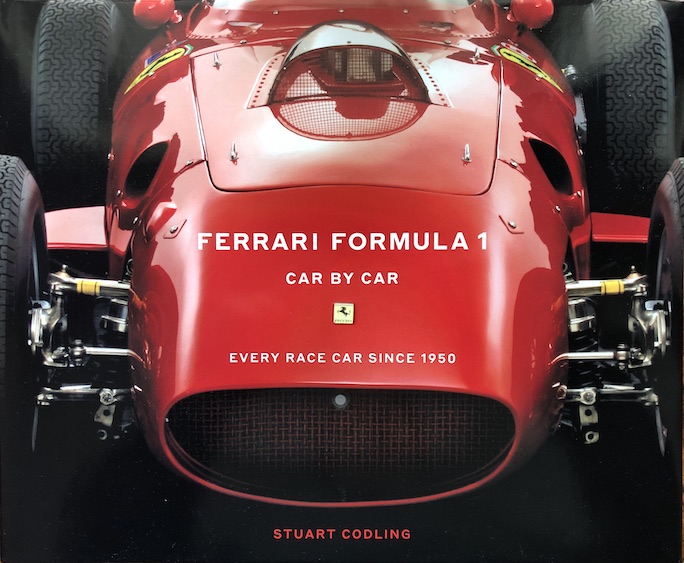

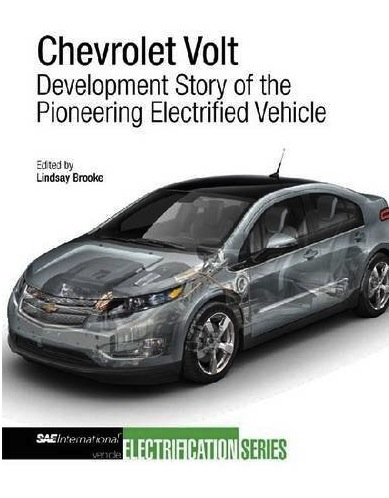

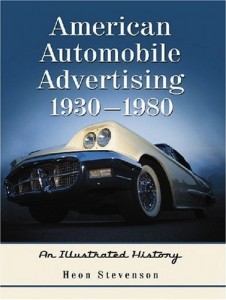
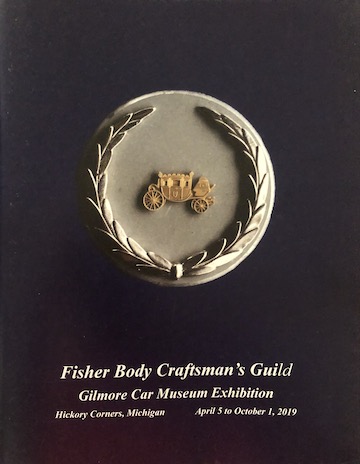
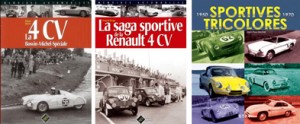
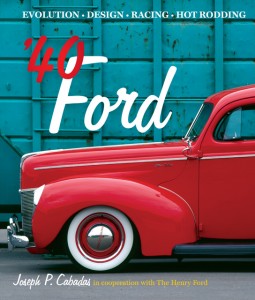


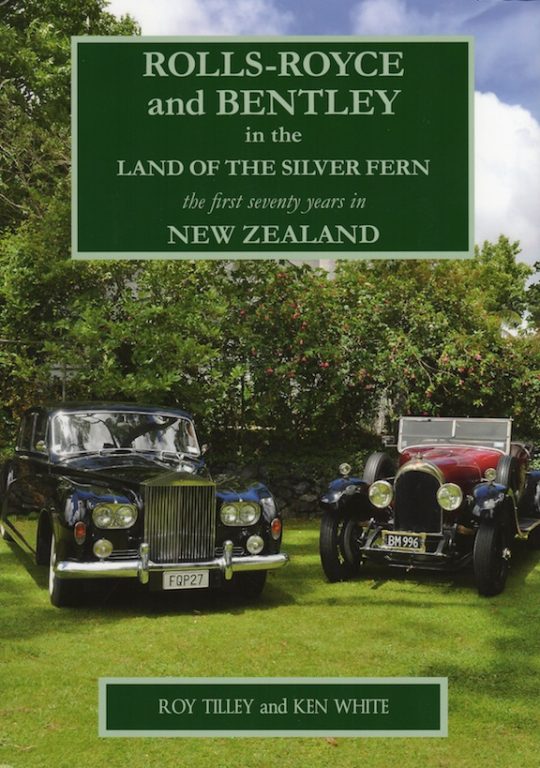

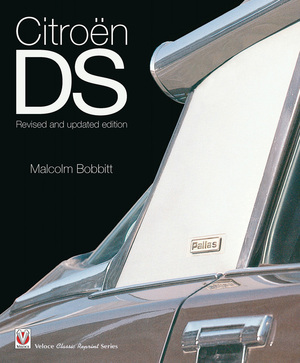
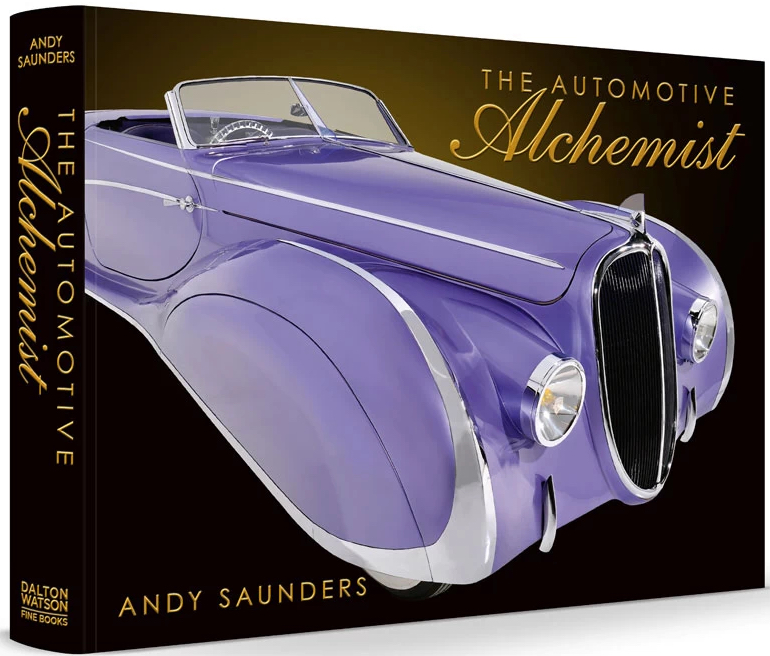

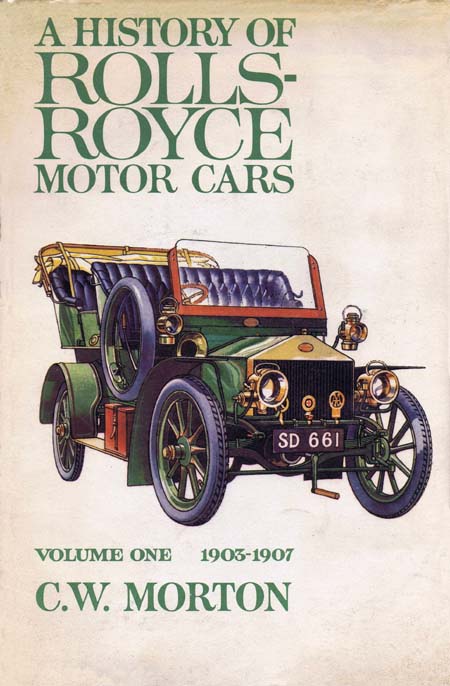



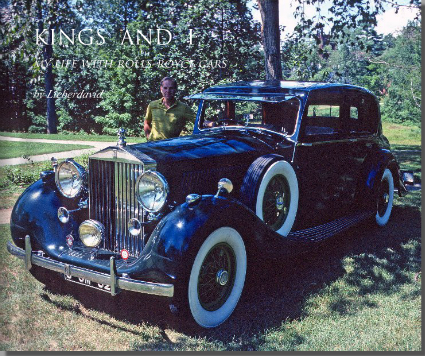
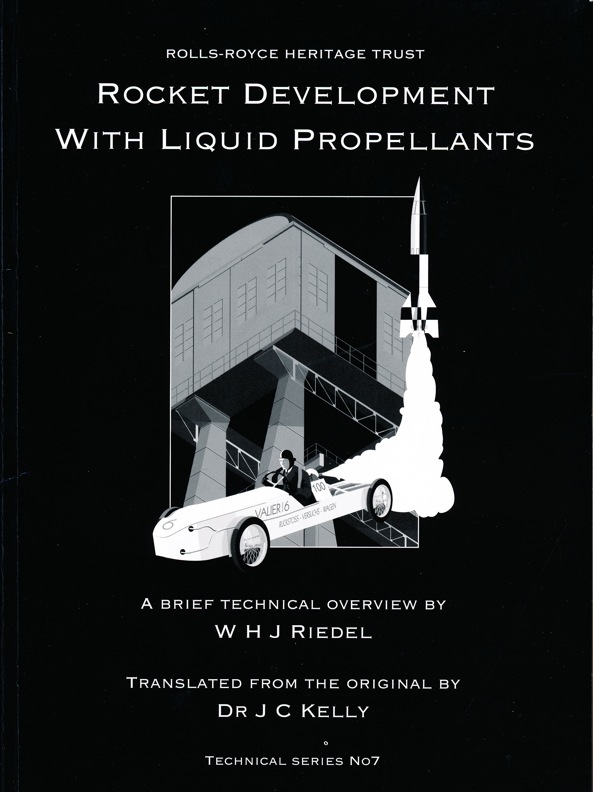




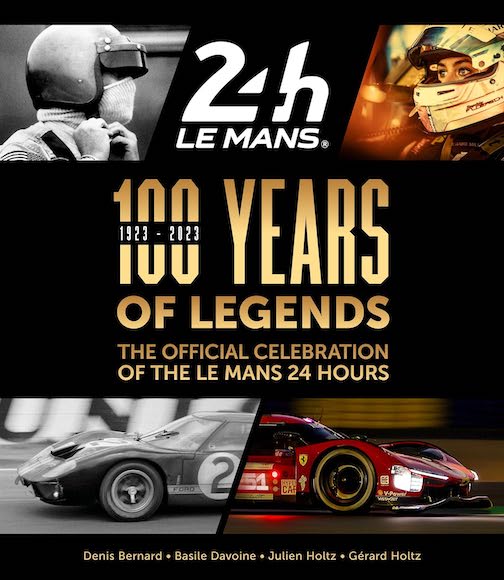







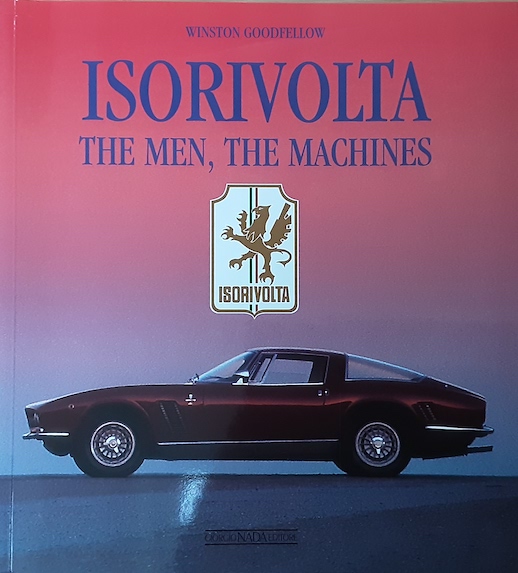

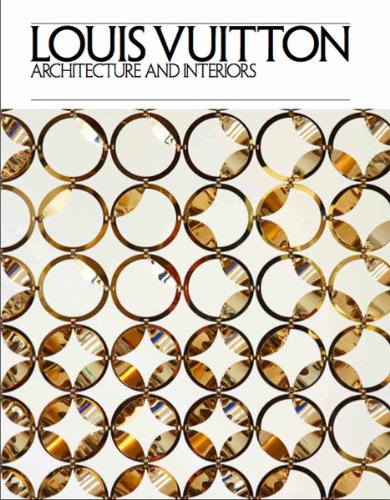
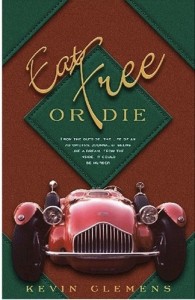

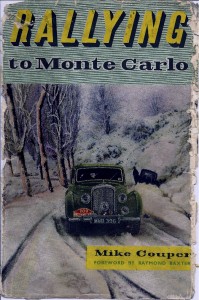

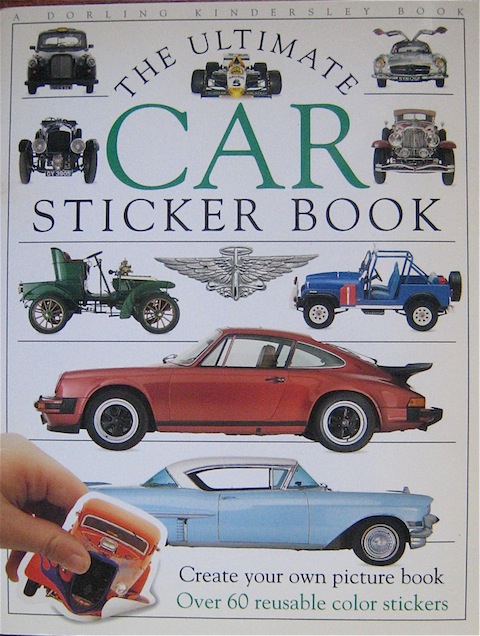



 Phone / Mail / Email
Phone / Mail / Email RSS Feed
RSS Feed Facebook
Facebook Twitter
Twitter